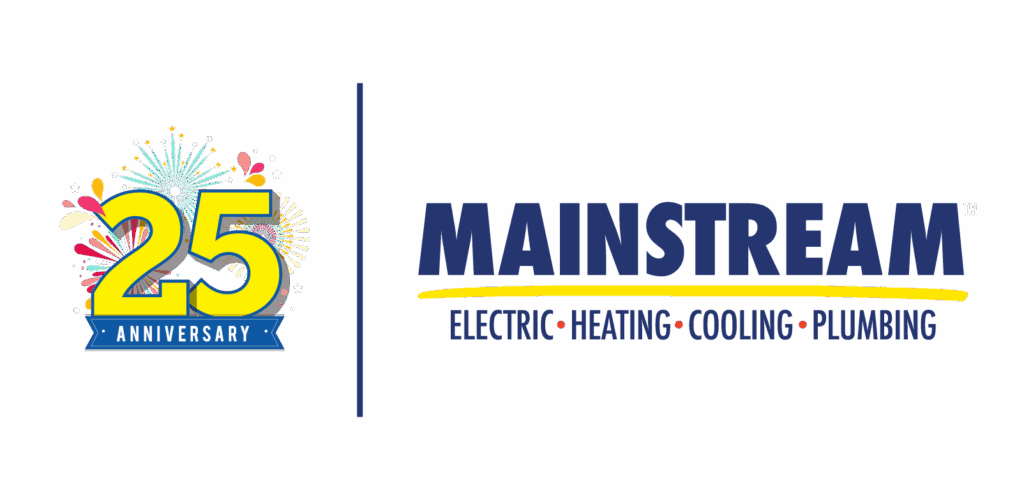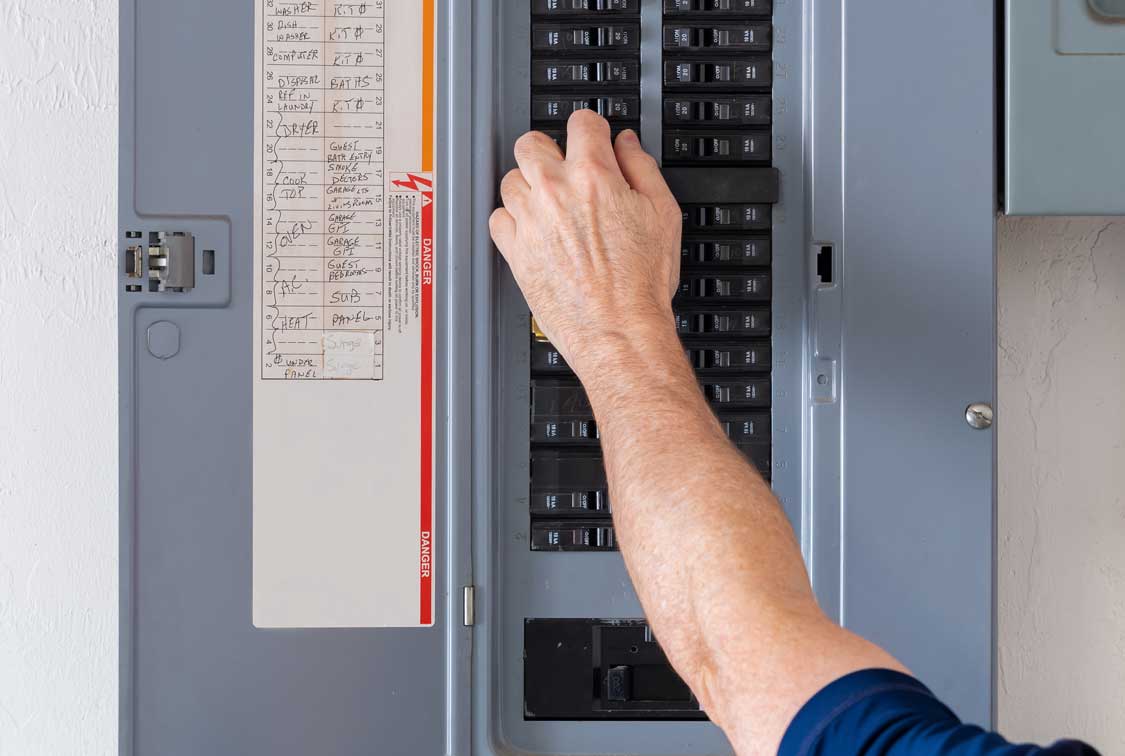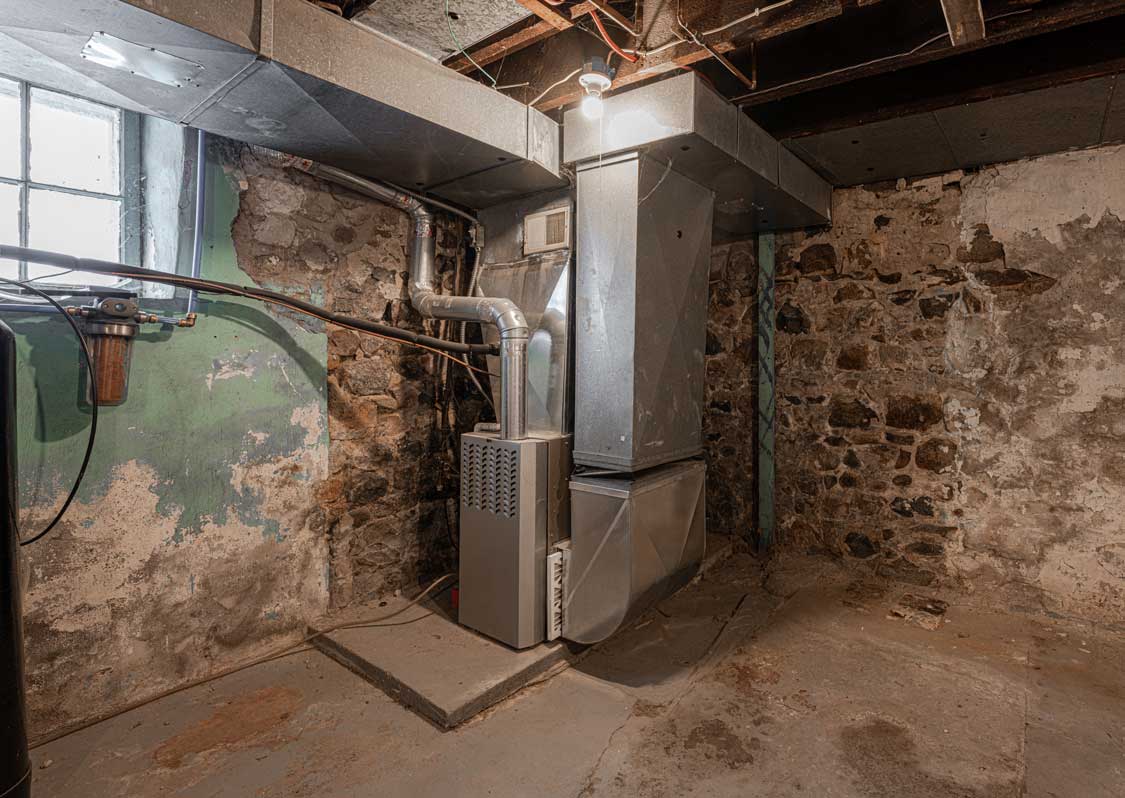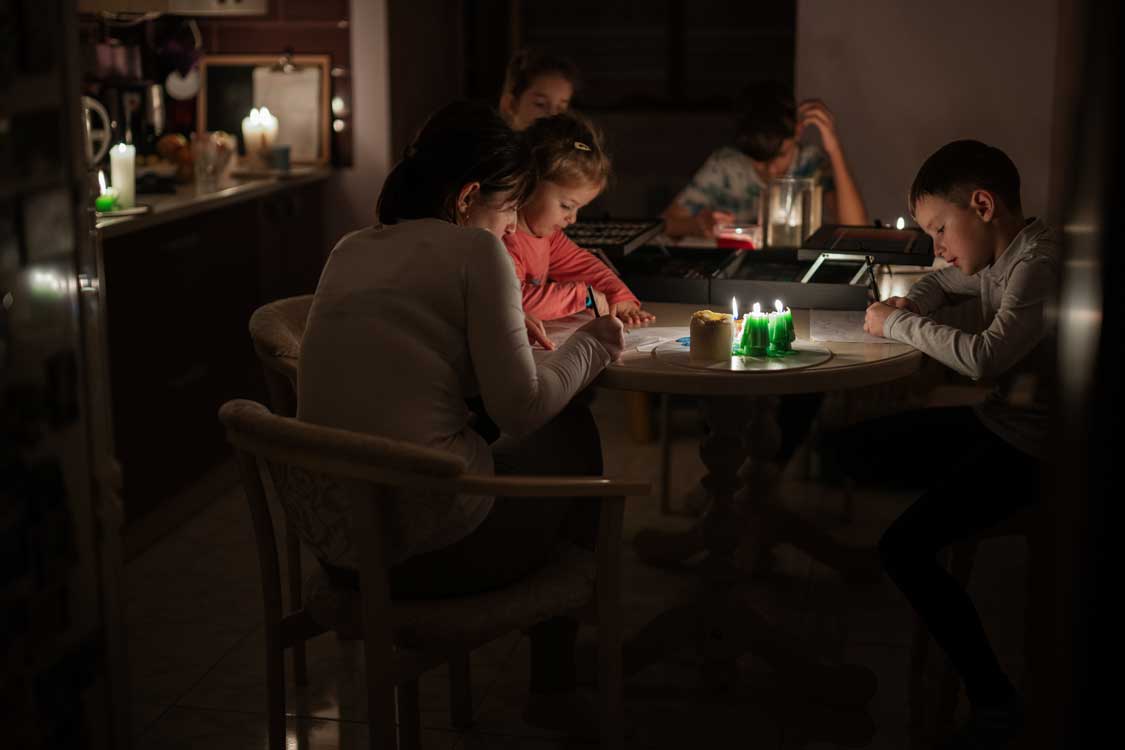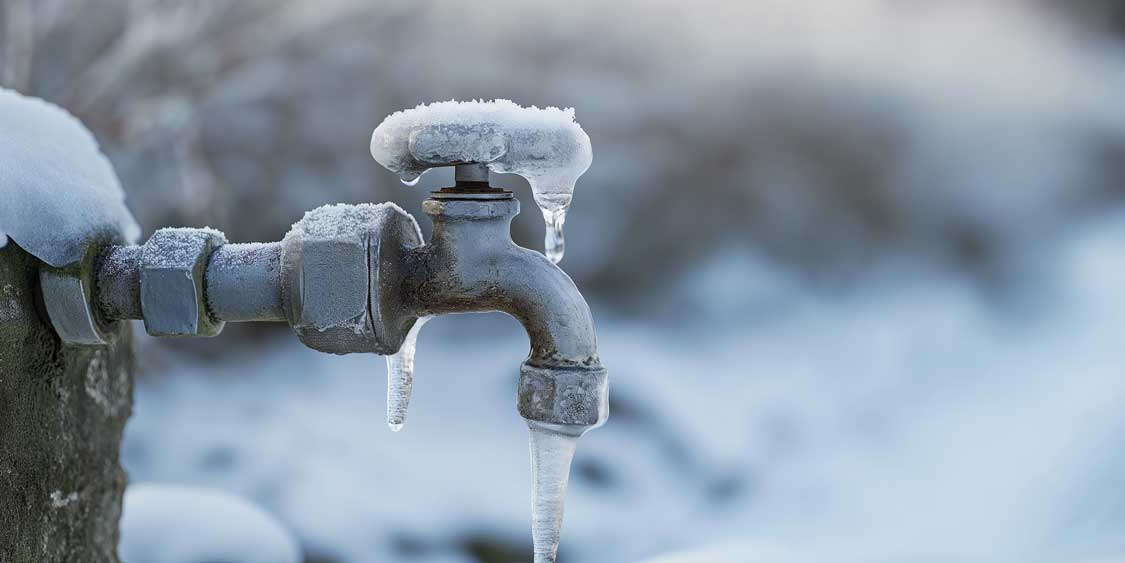If your home was built before the 1990s, there is a good chance it is filled with sewer traps, also known as house traps. This plumbing fixture is designed to trap sewer gasses and prevent them from traveling into your home. House traps were very useful, but today they are obsolete. Your home might be filled with these useless plumbing fixtures that are highly susceptible to wear and tear. Old and damaged house traps can easily become clogged, causing a variety of plumbing problems all over your home. Spokane, WA and the entire Pacific Northwest is particularly vulnerable to sewer trap issues due to the strong presence of outdated pipe material, such as Orangeburg. To prevent old house traps from deteriorating, homeowners are advised to replace these fixtures wherever they are found.
How Do House Traps Work?
A house trap is a U-shaped plumbing fixture designed to prevent foul odors from exiting your drain and re-entering the home. Water gets caught in the house trap’s curve, effectively preventing any gas from passing back through. The house trap or sewer trap literally “traps” foul odors. Most sewer traps installed before the 1990s consist of unsustainable and impractical materials, such as cast iron. Modern plumbing no longer uses these materials. The industry has switched to better alternatives that are less likely to degrade over time and cause plumbing problems. In spite of advancements in the plumbing world, house traps can be found in thousands of homes across the Pacific Northwest. Many homeowners are unaware of the presence of these fixtures all along their home’s plumbing line.

Are Old House Traps Dangerous?
Old house traps can cause serious and expensive plumbing problems. They deteriorate over time and become corroded. This results in clogs that are incredibly difficult for plumbers to remove. They are usually unable to use some of their best tools, like sewer line cameras. A clogged house trap can block wastewater, leading to sewage backups all over the house. Plumbers struggle to access sewer traps, since some of them are buried underground. House traps should be replaced as soon as possible to prevent serious plumbing problems, such as sewer line breaks.
These 5 signs point to a clogged house trap:
- Sewer odors present in your living area
- Regular toilet backups
- Plumbing problems in various different areas around the house
- Flooding in your basement
- Slow drains and standing water
How Can House Traps Be Replaced?
If your plumbing system is filled with house traps, the first thing you need is a professional set of eyes. Contact Mainstream and we’ll send one of our expert plumbers to inspect your home. We can upgrade the sewer traps around your home with a sewer cleanout. These nifty devices allow you to check if your sewer is clogged with ease. They serve the same purpose as house traps without the risk of frequent clogs. If you have been experiencing repeated plumbing problems over the years, installing a sewer cleanout could do wonders for the health of your home. This fixture is made from non-corrosive materials, so it won’t deteriorate easily over time.

For all your plumbing needs, be smart by choosing the company with heart! Mainstream has been serving local communities across Spokane County and beyond for over 20 years. We have a stellar record of providing 5-star customer service and guarantee your satisfaction with every visit. Our vast service area covers Spokane County and Northern Idaho. At Mainstream, we respect your time. That’s why we offer lead-time communication. Our pricing is upfront and transparent, with no hidden costs. Finally, our technicians are fully licensed and trained.
